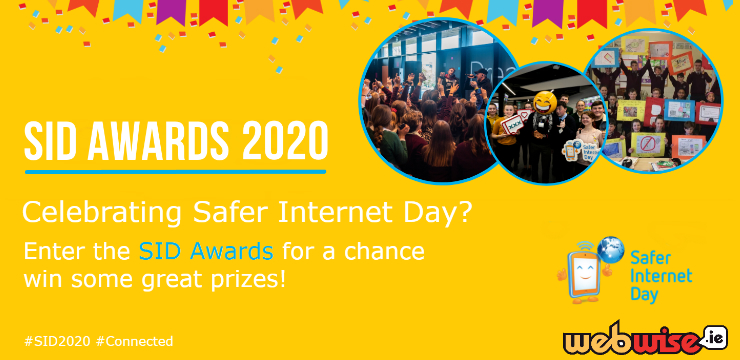The SID Awards are designed to recognise and reward the work that has been done by students, and schools, across Ireland to mark Safer Internet Day and to help create a better, safer, internet.
This year, there are some amazing prizes for the winners including:
- Tickets to the exclusive Awards Ceremony in Facebook HQ in April.
- Drones
- Cameras
- Vouchers
There are lots of different categories, and ways, to enter the awards.



